#medieval age
Explore tagged Tumblr posts
Text


Historical Fashion Challenge 2025
Day 1: Medieval Era
⋆⋅☆⋅⋆
#first day of the challenge!#historical fashion challenge 2025#history edit#historical fashion#medieval#medieval time period#medieval era#historyedit#fashion#fashion history#my edit#mine#history of fashion#medieval times#medieval england#medieval age#March 1#March 1st#March 1st 2025
24 notes
·
View notes
Text
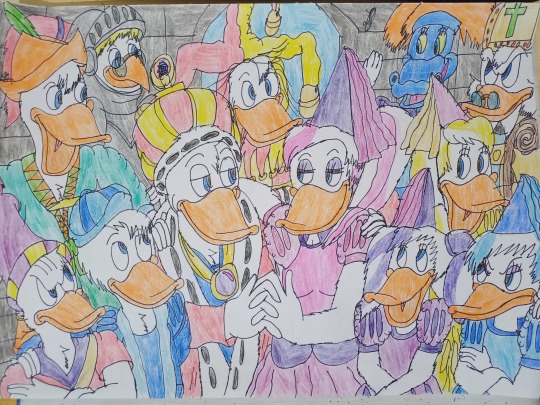
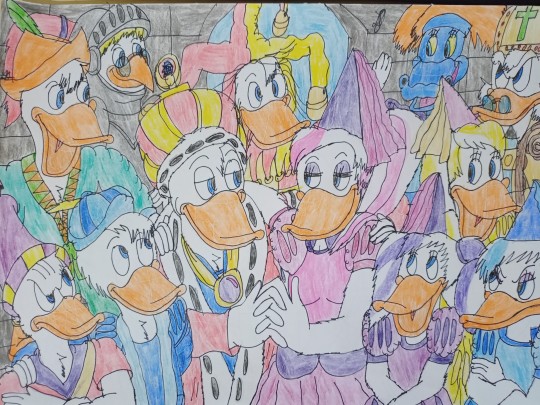
Donald Duck and Daisy Duck with their kids as Medieval Royal Family - Quack Pack AU - Duckverse in History - Medieval Festival and medieval outfits
Now some historical topics, namely the Duckverse (Donald Duck universe) in the past. I drew this as inspiration from the Quack Pack series from the episode "Leader of the Quack" in which Donald became the king of Quaintinia (a fictional country stuck in the middle ages). What I have drawn is my imaginary ending, but in a medieval period where Donald and Daisy are taken as king and queen, and their children are with them (Donald's nephews and Daisy's nieces as princes and princesses). And behind them are the knight Gyro Gearloose (taken inspiration from the Ducktales 1987 episode "Sir Gyro de Gearloose"), Archbishop Scrooge, Nelly the Dragon and the jester Fethry. And all this in a medieval atmosphere. I hope you like this idea and this drawing and you like the Middle Ages. And yes, this will be part of my Duckverse in History. And it is not allowed to use the versions I did without my permission. Also, i listened to this while i was drawing.
Also, this is my present for my friend @boingodigitalart, as my belated present for his birthday, plus thanks for inspiring me to draw this, but even better.
Yes, if you like this drawing, feel free to like and reblog this!
#donald duck#duckverse#my fanart#ducktales#quack pack#history#medieval age#daisy duck#quackpack#gift for my friend#donsy#huey dewey and louie#april may and june#huey dewey and louie duck#april may and june duck#gyro gearloose#fethry duck#nelly the dragon#scrooge mcduck#medieval outfits#leader of the quack#disney ducks#cartoons#comics#fanart#disney rooster (chicken)#disney dragon#jester#king donald duck#knight
35 notes
·
View notes
Text
"History is relative to the people reading, writing, and examining it. How we view Eleanor of Aquitaine will continue to transform as we transform. But regardless of how our perspective changes, the fact that Eleanor was Aquitaine’s most beloved and respected ruler for almost a century does not change. No matter her status as Queen of France or England, her duchy remained her priority. Her commitment to her land and people is worthy of admiration– as is she."
Read the rest here:
#history#women in history#historical figures#medieval age#medieval history#medieval women#queens#eleanor of aquitaine#England#france#substack#fact of the day#I love her#I admire her#I wouldn't want to be her#also#medieval monks can go fuck themselves
3 notes
·
View notes
Text

Drinking horn with gilded copper mounts, Europe, 15th century
from The Hunt Museum, Limerick
16K notes
·
View notes
Text
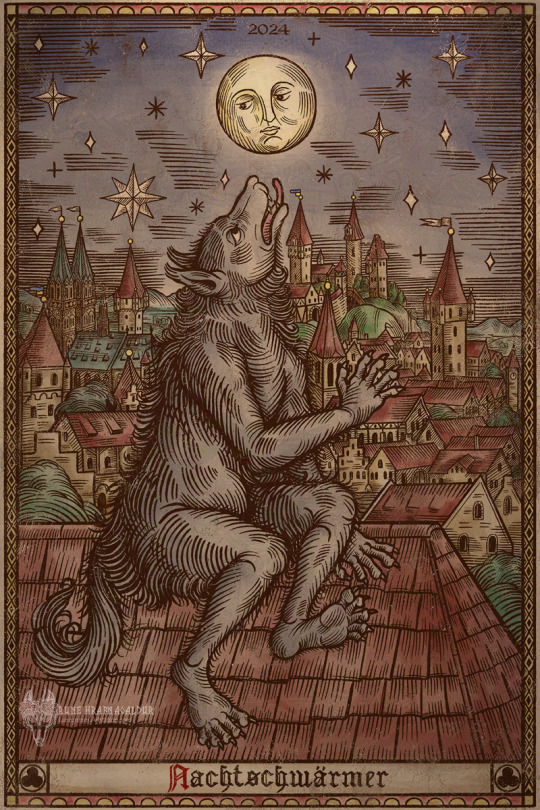

Nachtschwärmer - [night owl/ night person]
New personal piece just in time for the return of the werewolf designs (more details will follow soon] I felt like making coloured version this time as well & I love how it looks! #WerewolfWednesday
#art#werewolf wednesday#werewolf#werewolves#digtial art#lunegrimmart#artists on tumblr#medieval#medievalart#creature#digital art#digital illustration#illustration#illustrator#woodcut#history#historic art#lycanthrope#lycan art#moon#full moon#manuscript#middle ages#beasitary#werewolf transformation#spookyseason#halloween#beast#city#medieval town
13K notes
·
View notes
Text
✣ Medieval Miku ✣
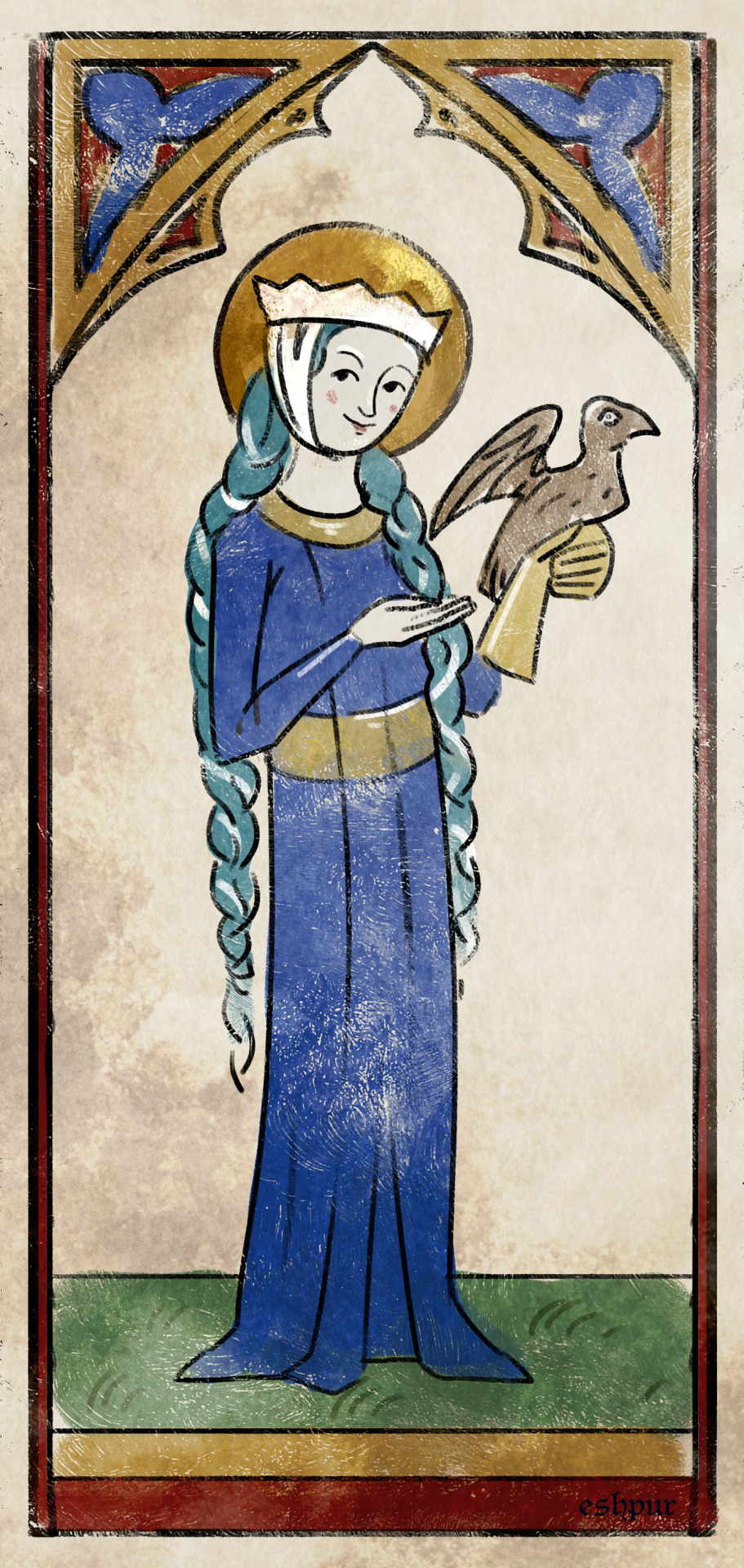
14K notes
·
View notes
Text
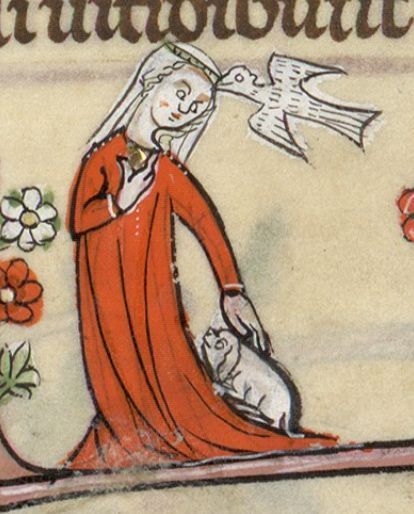
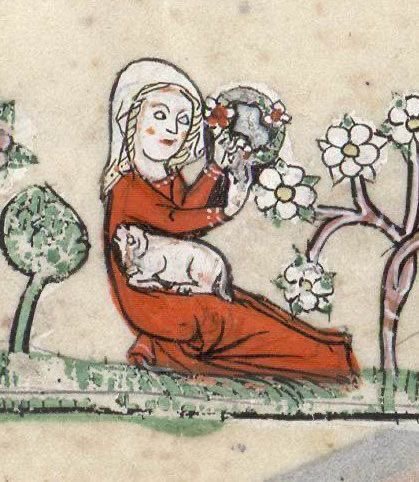
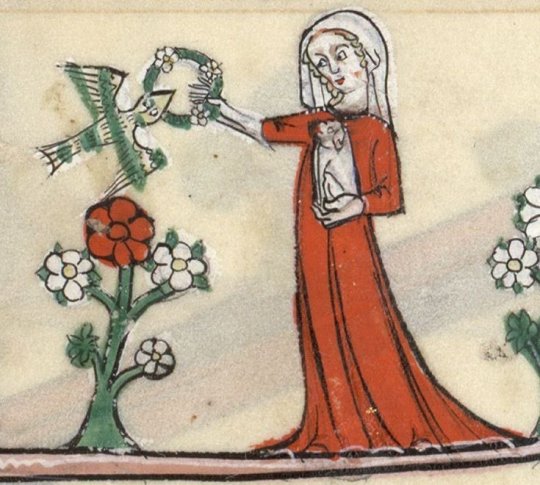
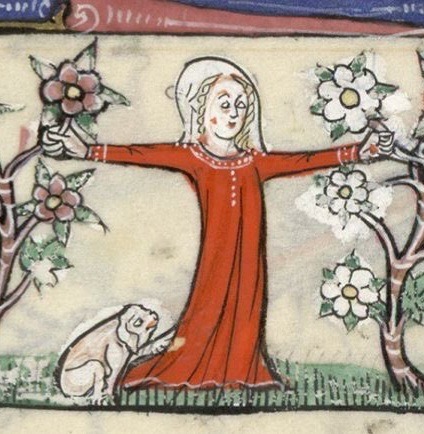
I can't stop thinking about this medieval girl and her dog ❤️🥲
(Les Trés Riches Heures de Metz, 14th century)
#she is so relatable#middle ages#medieval#history#medieval girl#i wish i knew more about her#14th century
8K notes
·
View notes
Text
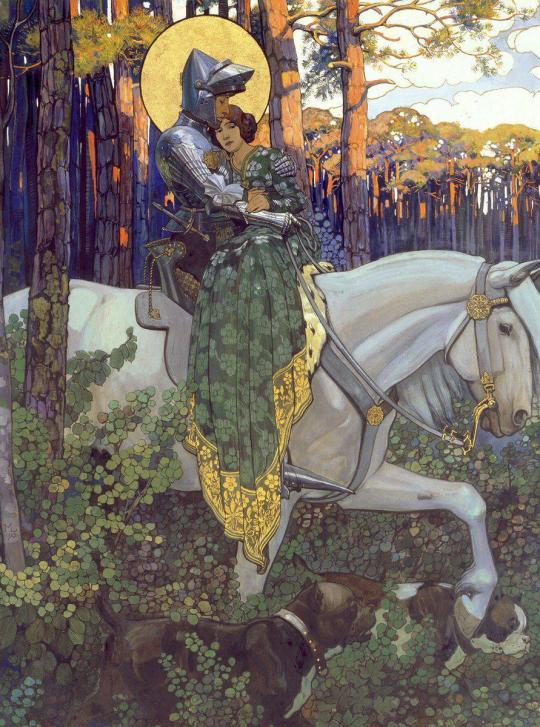
The Legend of Saint George: The Rescue by Maximilian Liebenwein
#maximilian liebenwein#art#st george#saint george#maiden#damsel in distress#knight#knights#chivalry#chivalric romance#armour#medieval#middle ages#europe#european#christian#christianity#mediaeval#mythology#dogs#horse#animals#dress#helmet#visor
4K notes
·
View notes
Text

Meeting on the turret stairs
For @opal-apparition ’s Oathbreaker
#cullavellan#mimimaru art#fanart#dragon age#dragon age inquisition#cullen rutherford#medieval#au#frederic william burton
3K notes
·
View notes
Text
Kirkwall

That was part of commish for one DA fan. I was inspired by image of this mighty city from DA:2, towering on a great mountain, at the foot of which splaches Waking sea...
#artist on tumblr#fantasy#art#commission#dragon age#medieval#dragon age fan art#da2#landscape#art commisions
4K notes
·
View notes
Text
Child's Writing Exercises and Doodles, from Egypt, c. 1000-1200 CE: this was made by a child who was practicing Hebrew, creating doodles and scribbles on the page as they worked

This writing fragment is nearly 1,000 years old, and it was made by a child who lived in Egypt during the Middle Ages. Several letters of the Hebrew alphabet are written on the page, probably as part of a writing exercise, but the child apparently got a little bored/distracted, as they also left a drawing of a camel (or possibly a person), a doodle that resembles a menorah, and an assortment of other scribbles on the page.
This is the work of a Jewish child from Fustat (Old Cairo), and it was preserved in the collection known as the Cairo Genizah Manuscripts. As the University of Cambridge Library explains:
For a thousand years, the Jewish community of Fustat placed their worn-out books and other writings in a storeroom (genizah) of the Ben Ezra Synagogue ... According to rabbinic law, once a holy book can no longer be used (because it is too old, or because its text is no longer relevant) it cannot be destroyed or casually discarded: texts containing the name of God should be buried or, if burial is not possible, placed in a genizah.
At least from the early 11th century, the Jews of Fustat ... reverently placed their old texts in the Genizah. Remarkably, however, they placed not only the expected religious works, such as Bibles, prayer books and compendia of Jewish law, but also what we would regard as secular works and everyday documents: shopping lists, marriage contracts, divorce deeds, pages from Arabic fables, works of Sufi and Shi'ite philosophy, medical books, magical amulets, business letters and accounts, and hundreds of letters: examples of practically every kind of written text produced by the Jewish communities of the Near East can now be found in the Genizah Collection, and it presents an unparalleled insight into the medieval Jewish world.
Sources & More Info:
Cambridge Digital Library: Writing Exercises with Child's Drawings
Cambridge Digital Library: More About the Cairo Genizah Manuscripts
#archaeology#anthropology#history#artifact#middle ages#medieval#near east#egypt#cairo#children in archaeology#judaism#medieval jews#hebrew#writing exercise#doodle#art#cairo genizah#jewish history#reminds me of onfim#kids have always been kids
10K notes
·
View notes
Text















Medieval Belт ✦ Source: The MET
#medieval#middle ages#medieval period#medieval europe#medieval jewellery#medieval jewelry#wardrobe#medieval dress#medieval jewlery#medieval wardrobe#medieval fashion#medieval ages#medieval belt#belt#italy#medieval italy#fashion#dress#wear#public domain#1300s#fourteenth century#14th century#jewlery#jewerly#jewellery#jewelry
3K notes
·
View notes
Text







Source
5K notes
·
View notes
Text
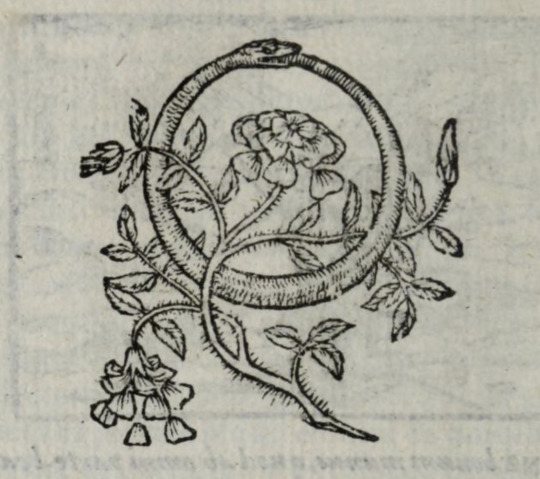
Picta Poesis (1552) Barthélemy Aneau
#snake#animal#serpent#ouroboros#rose#flower#plant#medieval flower#engraving#engraving illustration#engraving art#medieval#medieval art#middle ages#medieval illustration#medieval engraving#etching#woodcut#1500s#french emblems
4K notes
·
View notes
Text


Gold and sapphire ring, England, 15th century
from The British Museum
7K notes
·
View notes
Text

Elgin Cathedral
#green#green aesthetic#ruins#medieval#goth#gothic#goth architecture#old building#old architecture#archway#portal#Britain#rosieandthemoon#witchy#witchcore#gothcore#gothic vibes#grunge#nature grunge#paganism#witchy things#whimsicore#fairycore#whimsigoth#whimsigothic#alternative#Wicca#new age#mystical#magical aesthetic
1K notes
·
View notes